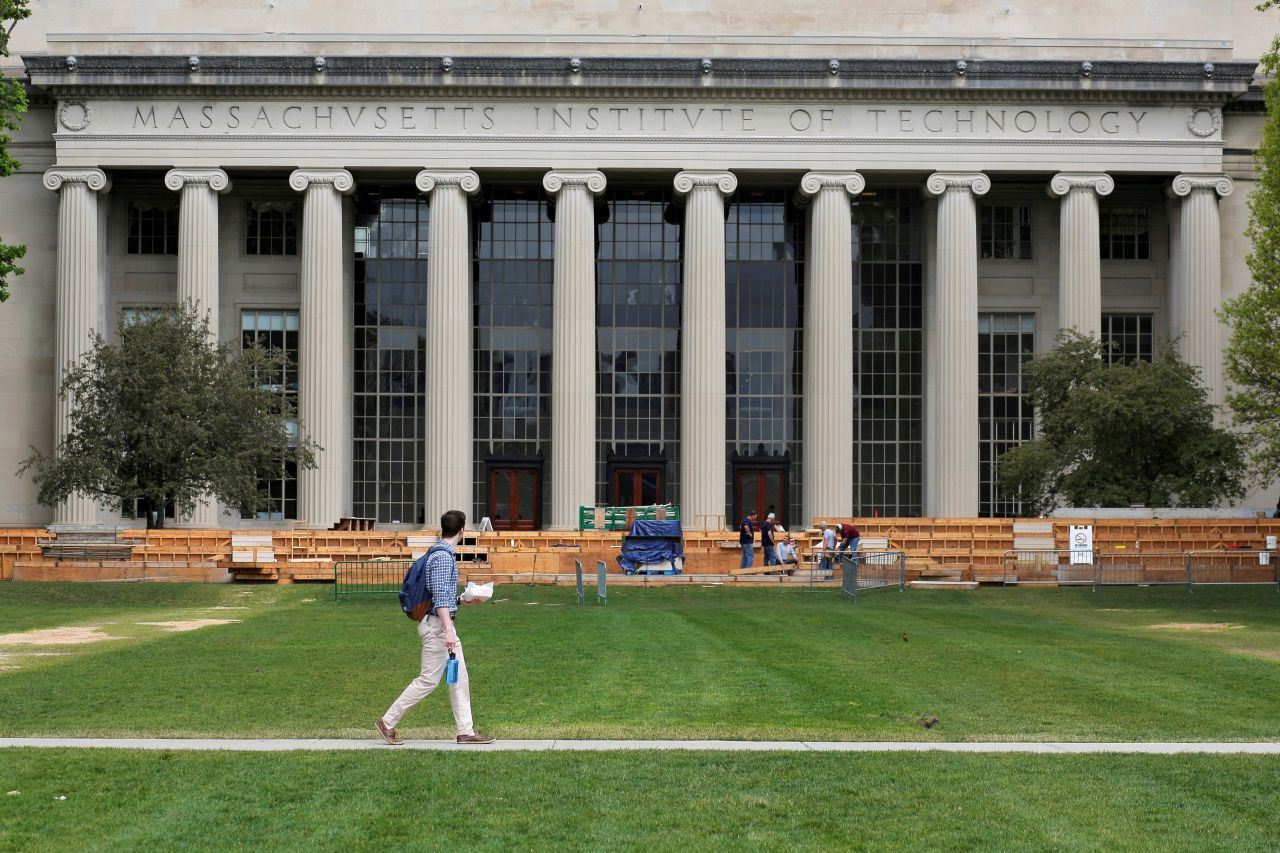In 2018, AI bested humans at following fauna, diagnosing disease, mapping the moon and more.




A robot barista can whip up 120 drinks an hour — and it reveals a growing trend that is transforming the restaurant industry.
Trendy coffee roasters including Intelligentsia, Ritual, and Equator have partnered with Café X Technologies to create a $25,000 robot barista, CNBC reports. The robot, which operates as the sole barista in a San Francisco café, can make any drink you would expect at a standard trendy coffee shop, including espressos, flat whites, and cortados.
“I don’t see the robot revolution as a problem,” 24-year-old inventor Henry Hu told CNBC. “The idea isn’t to scare you or harm you in any way. The point is to get you your coffee as quickly and deliciously as possible.”

Proxima b, our nearest neighboring exoplanet, is almost 25 trillion miles away. Even one of our fastest spaceships—the 31,600-mile-per-hour New Horizons—would take hundreds of thousands of years to get there. Assuming we can’t figure out how to warp space-time (seems unlikely, but fingers crossed), we’re still looking at a couple-hundred-year trip in the best-case scenario, which leads to the real problem: No human crew could survive the entire ride. Science-fiction writers have long floated so-called generation ships as a solution. Designers would outfit these interplanetary cruise vessels to support a community of adults and their children, and their children’s children, and their children’s children’s children…until humanity finally reaches a new celestial shore. Here’s our best guess for what it would take to sow the seeds of an extrasolar species.
Career planning
Successive generations need to fill all the vital crew roles—such as medics and mechanics—which doesn’t leave much room for freedom of choice. A version of modern career tests would assign occupations based on aptitude, passions, and available jobs.

by Russell Corlett, health and safety director for Peninsula. The HR and employment law business consultant is based in Manchester and has over 30 years’ experience, as well as an international presence in Australia, Canada, and New Zealand.
Health and safety has faced a major upheaval in recent years. The arrival of the digital revolution, and changing corporate and social attitudes, has seen a seismic shift in how the industry operates.
As we adapt to technological advancements and diverse workplaces, let’s break out a crystal ball, examine the available evidence, and see where things may be a decade from now. The future of business While we can’t say for sure what will happen, it’s possible to make an educated guess. There are already white papers speculating on the future business world, such as a detailed analysis by professional services network PwC. This report suggests four potential outcomes by 2030:

Innovation has real costs—monetary, psychological, intellectual and effort-based—that need to be addressed or mitigated if you want people to actually innovate.
There’s an archetype in media that destruction and upheaval brings out the best ideas and creates jobs. In literature and in society, upheaval, necessity and desperation are portrayed as the prime motivators of innovative behaviour. The problem is that outside of soap operas and medical dramas, people usually have something to lose.

Between the never-ending stream of news linking bad actors to social networks and studies documenting society’s growing smartphone addiction, it seems almost wrong today to think that technology can — ahem — help make the world a better place.
That’s why I am thankful for the annual Inclusive Innovative Challenge, hosted by MIT’s Initiative on the Digital Economy. Launched in 2016, the IIC seeks out and awards entrepreneurs that are leveraging technology advances to reinvent the future of work. That’s right. There remains, even in this news cycle, firms committed to tapping technology’s ability to connect—and not divide—people and build—and not threaten—jobs and other economic activities.
Or, as the challenge organizers put it:

Just where artificial intelligence is taking us, at what pace and along what trajectory, is uncertain. The technology, of course, is raising serious questions about its potential impact on jobs, privacy and politics.
The internet is a technology of low-cost communication and connection. Everything from email to e-commerce to social networks has hinged on the internet’s transformative role in changing the economics of communication. All those connections suddenly became both possible and cheap.
Artificial intelligence is a technology of low-cost prediction and discovery. It exploits the new resource of the digital age — vast amounts of data — to identify patterns and make predictions. Much of what A.I. does today can be thought of as a prediction. What product to recommend, what ad to show you, what image is in that picture, what move should the robot make next — all are automated predictions.


China put tiny spy chips on many U.S. servers. That’s the word from Bloomberg Businessweek, whose cover story published Thursday asserts that Beijing persuaded Chinese hardware manufacturers to install a surveillance chip, half the size of a grain of rice, on the motherboards of hundreds of thousands of data servers sold around the world by a U.S. company called Supermicro, including to Amazon and Apple.